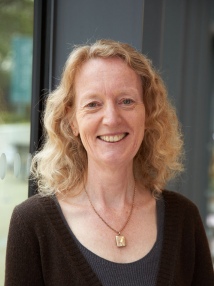BibTex format
@article{Sukhodolov:2016:10.1002/2015JD024277,
author = {Sukhodolov, T and Rozanov, E and Ball, WT and Bais, A and Tourpali, K and Shapiro, AI and Telford, P and Smyshlyaev, S and Fomin, B and Sander, R and Bossay, S and Bekki, S and Marchand, M and Chipperfield, MP and Dhomse, S and Haigh, JD and Peter, T and Schmutz, W},
doi = {10.1002/2015JD024277},
journal = {JOURNAL OF GEOPHYSICAL RESEARCH-ATMOSPHERES},
pages = {6066--6084},
title = {Evaluation of simulated photolysis rates and their response to solar irradiance variability},
url = {http://dx.doi.org/10.1002/2015JD024277},
volume = {121},
year = {2016}
}

